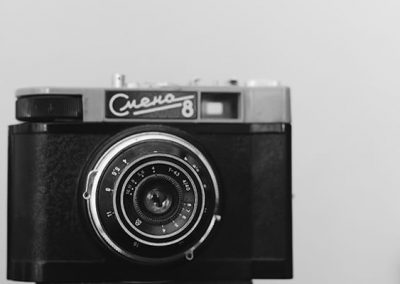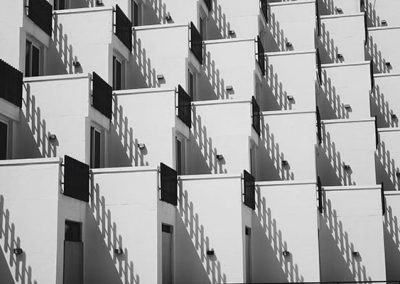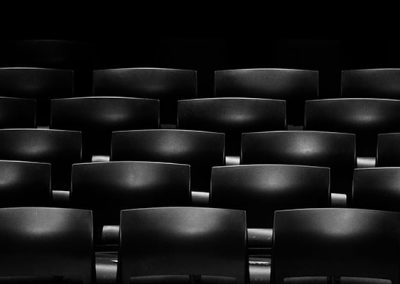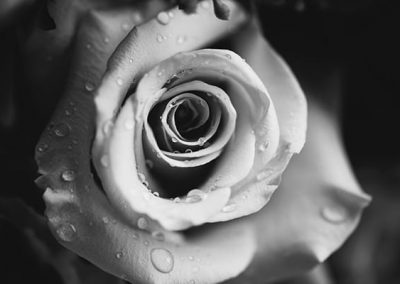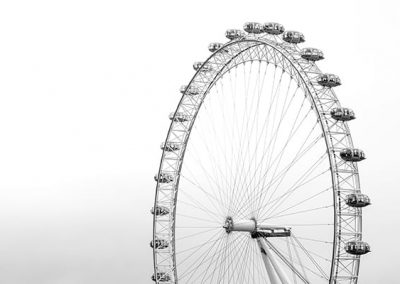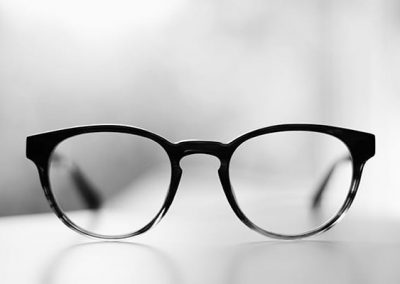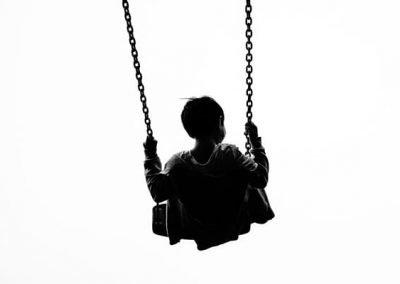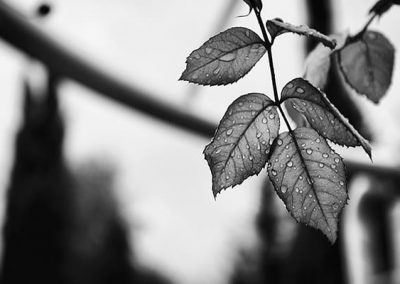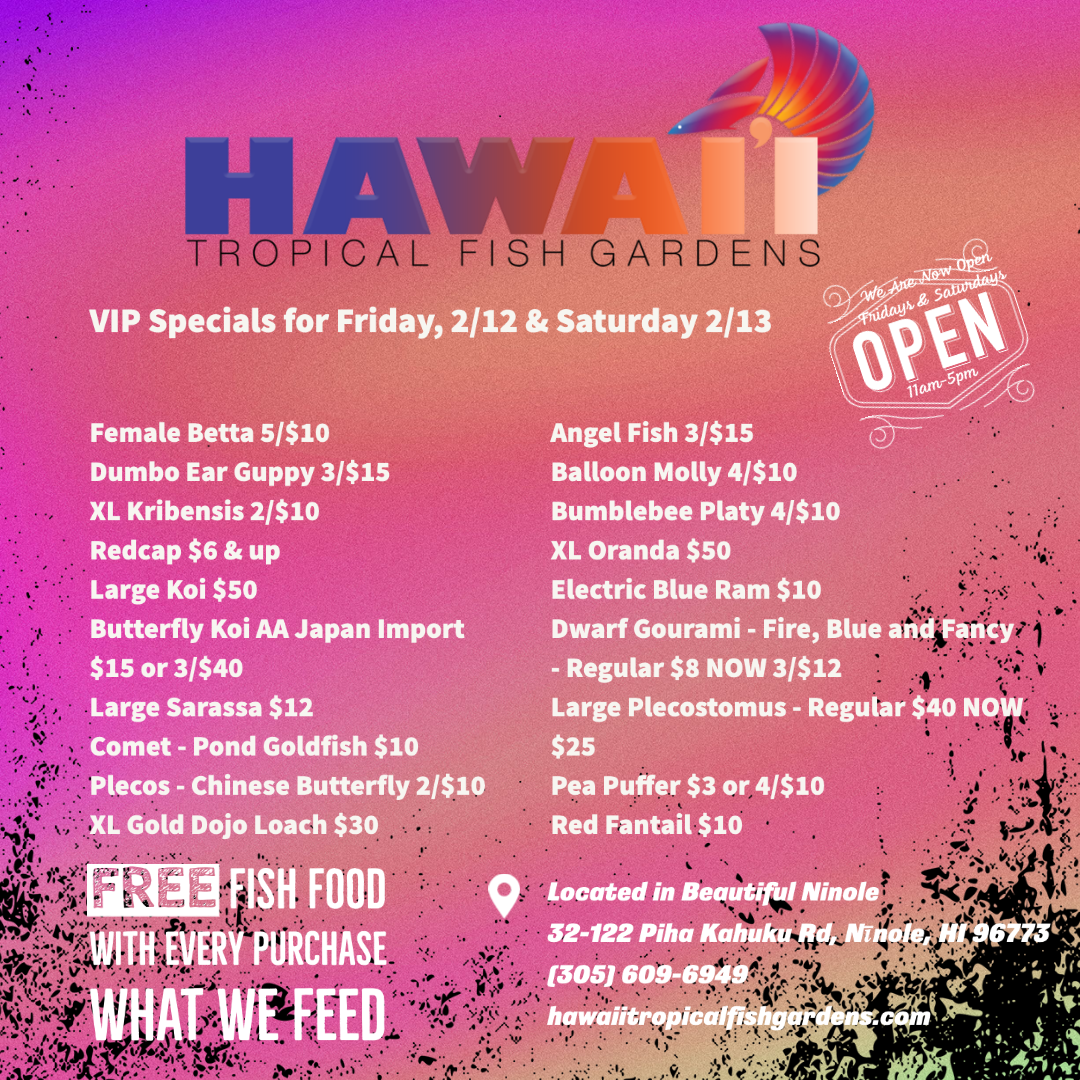Caring for your fish

Feeding
The most frequent question asked by hobbyists is, “How much do I feed my fish?” The reason for this is simple; not feeding their fish properly is the most common error hobbyists make. Most fish are either over or under-fed. So, what is the proper method of feeding your fish?
The answer to that question depends. There are two basic types of feeding among the fishes kept in aquaria.
Strategy
Branding
Webdesign
SEO
HOW MUCH AND HOW OFTEN SHOULD I FEED?
Feeding is more an art than a science, but there are ways to determine how much and how often to feed your fish. These instructions apply to grazers. I’ll deal with gorgers later.
First, determine how much your fish will eat at a time by starting with small amounts and observing them eating. If the amount fed is eaten immediately and the fish seem to searching for more, then feed a bit more. Continue this process until the fish refuse the additional food. Remember the total amount fed. This should be the amount of food your fish will get first thing in the morning. Thereafter, I recommend feeding your fish whenever you pass the aquarium, but only a tiny amount, less than the first feeding. Observe the fish. Learn to feed them only the amount they will eat immediately. You may find your fish eating less each time you feed them. Adjust the amount accordingly.
As time passes, your fish will train you to feed the proper amount. Your fish will tell you if they are hungry. Fish racing along the front of the aquarium frantically following you as you pass by are very hungry. Fish that ignore additional food or don’t react to your presence by swimming to the top to get food aren’t hungry. Additional food will simply be wasted.
One factor that will affect your feeding is the mix of fish you have. If you have surface feeders and bottom feeders, it is sometimes necessary to feed the surface feeders more than they can eat at one time so that food reaches the bottom feeders. Another solution is to feed a rapidly sinking food to reach the bottom feeders. Many bottom feeders are also noctural eaters. You can feed them after lights out when the other fish won’t compete for food.
Feeding gorgers requires feeding them to satiation and then withholding food until they are hungry again. This may mean only feeding every other or even every third day. The trick is to continue feeding them until they quit eating. Then, allow the fish time to digest their large meal. When the fish begins to prowl and actively follows you when you approach the tank, feed it again, also to satiation.
The key to good feeding practices is observation. Watching fish eat can be fun. If you don’t enjoy this part of the hobby, then perhaps someone else should be feeding the fish. By carefully observing the fish eating you can often discover problems before they become fatalities. A fish that normally eats aggressively that suddenly ceases to eat may have a problem, maybe disease or aggression from other fish. Sometimes it can be something more pleasant such as guarding eggs or, in the case of mouth-brooders, a mouthful of eggs. In any event, the behavior of your fish at feeding time can tell you much about the health of the tank and its inhabitants.
%
Increase in Sales
%
Satisfied Customers
Results
Praesent sapien massa, convallis a pellentesque nec, egestas non nisi. Sed porttitor lectus nibh. Vestibulum ante ipsum primis in faucibus orci luctus et ultrices posuere cubilia Curae.


